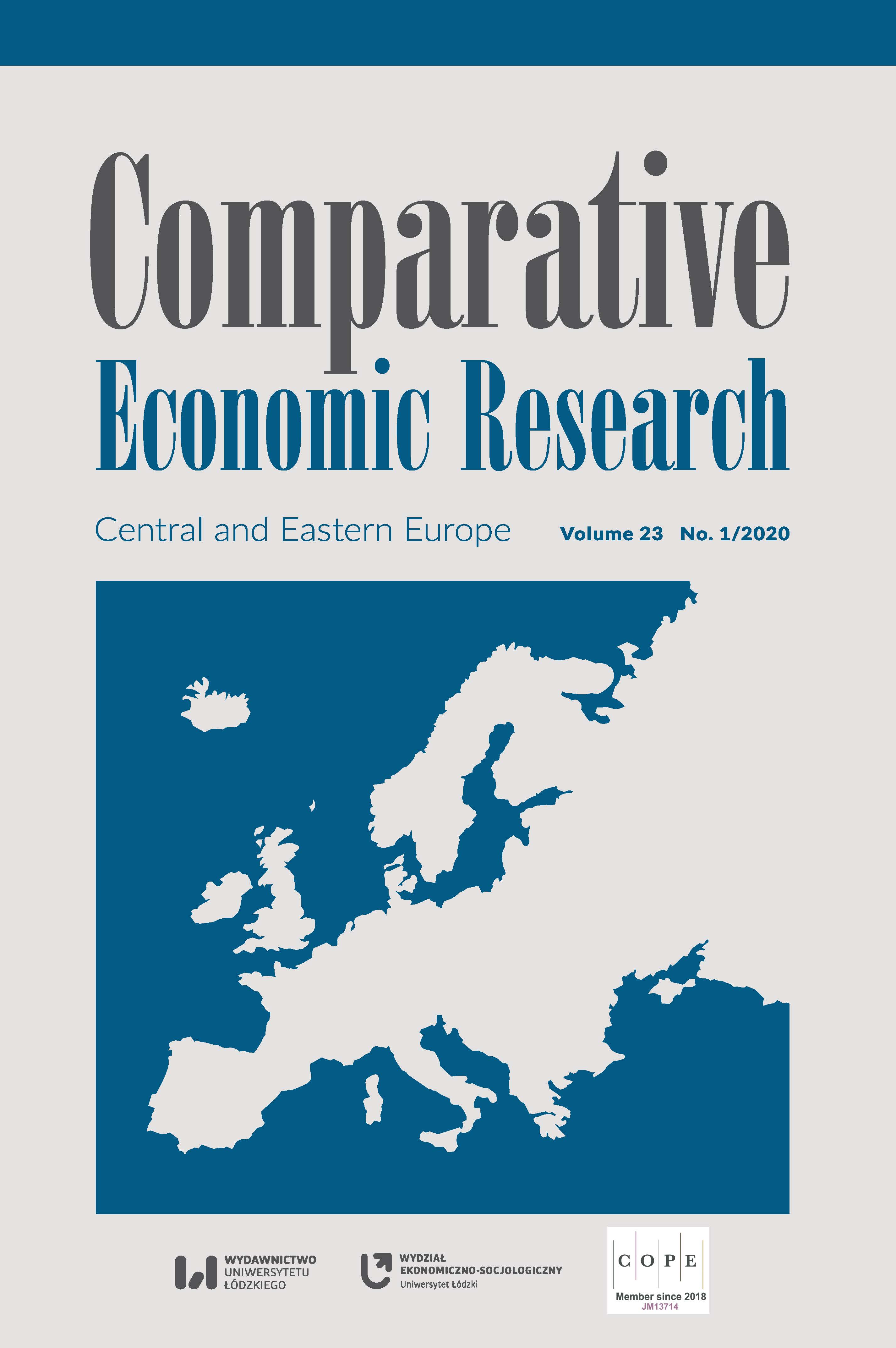CO2 Emissions in the Visegrad Group Countries and the European Union Climate Policy
CO2 Emissions in the Visegrad Group Countries and the European Union Climate Policy
Author(s): Dorota WawrzyniakSubject(s): Agriculture, Energy and Environmental Studies
Published by: Wydawnictwo Uniwersytetu Łódzkiego
Keywords: carbon dioxide emissions; LMDI decomposition analysis; the European Union climate policy; Visegrad Group countries
Summary/Abstract: Climate change is one of the most pressing challenges of our time and several policies trying to mitigate this negative phenomenon have been implemented. The reduction of GHG emissions along with the improvement in energy efficiency and the increase in the share of energy consumption from renewable sources also constitute the European Union policy priority. In this context, the aim of this article is to explore factors that affect changes in CO2 emissions in the four EU member states that form the Visegrad Group, during the period 1993–2016. The analysis was conducted using the Logarithmic Mean Divisia Index (LMDI) decomposition method and the Kaya identity, which enables the factors contributing most to the CO2 emissions changes to be identified. It also allows the results to be discussed in relation to the European Union’s climate policy. According to the decomposition analysis results, energy intensity and economic growth measured in terms of GDP per capita were the main factors driving changes in CO2 emissions across all countries considered. The emissions decrease resulted mainly from an improvement in energy efficiency and to a lesser extent from the change in the energy mix towards renewables.
Journal: Comparative Economic Research. Central and Eastern Europe
- Issue Year: 23/2020
- Issue No: 1
- Page Range: 73-91
- Page Count: 19
- Language: English

